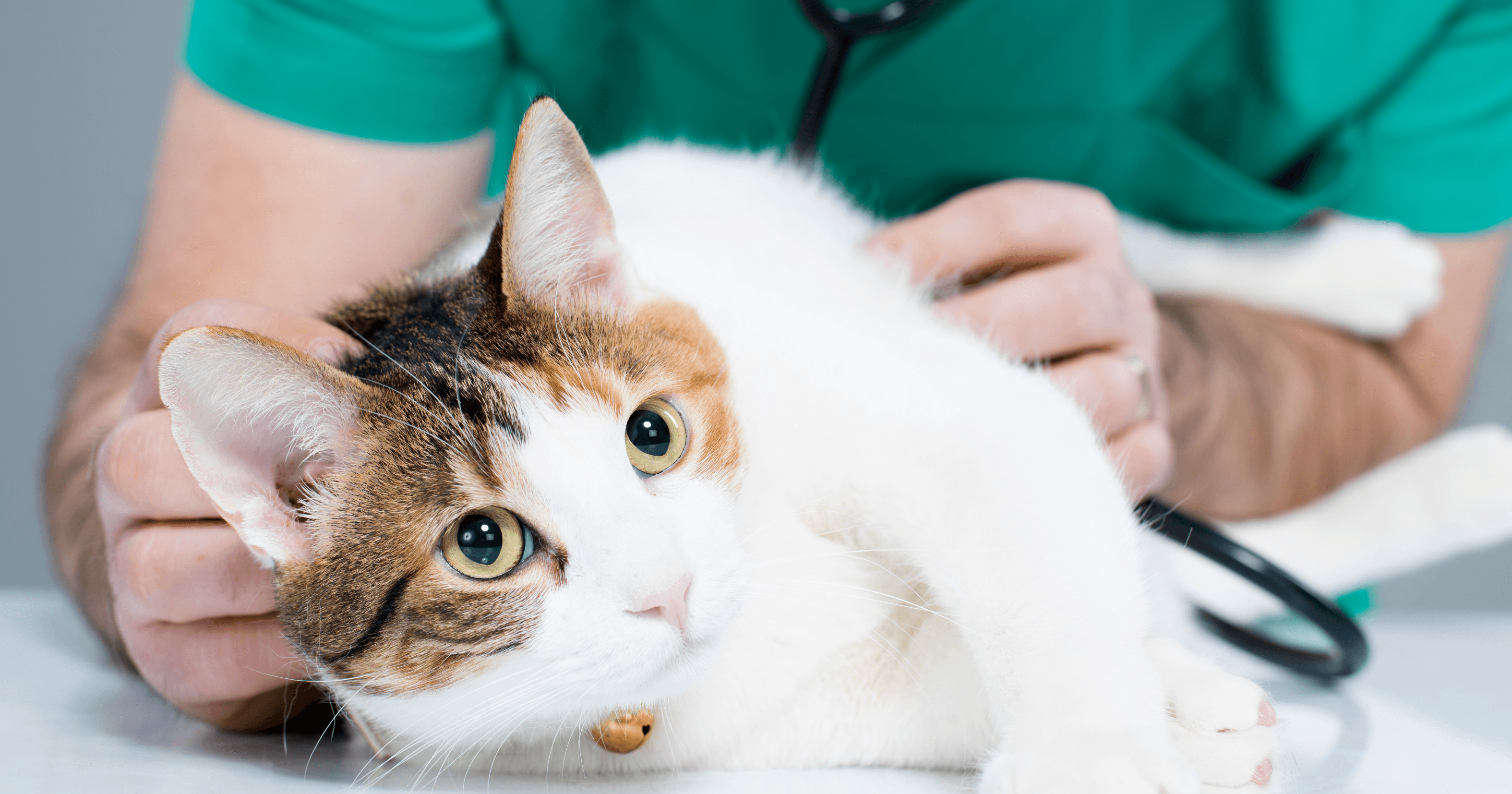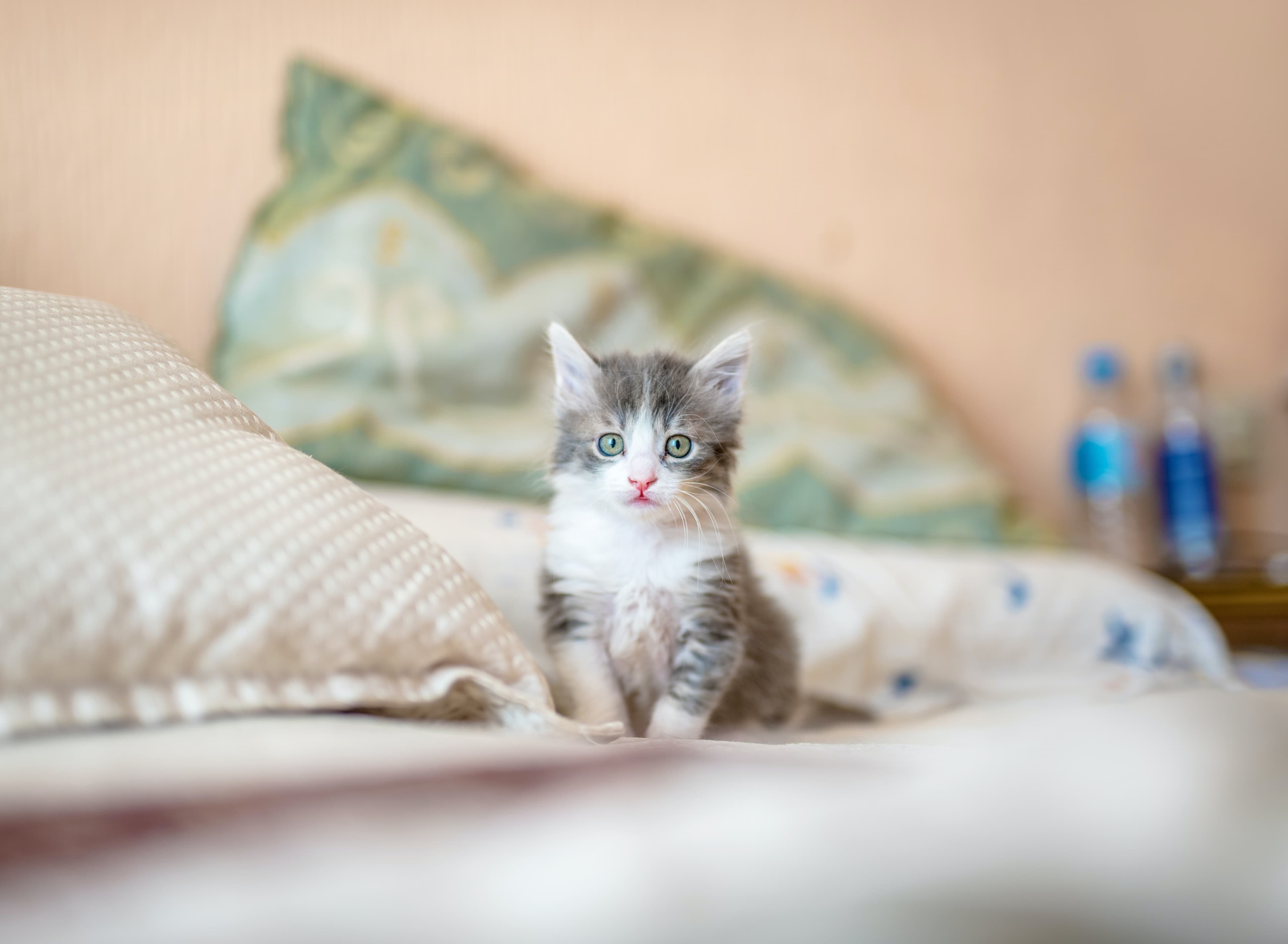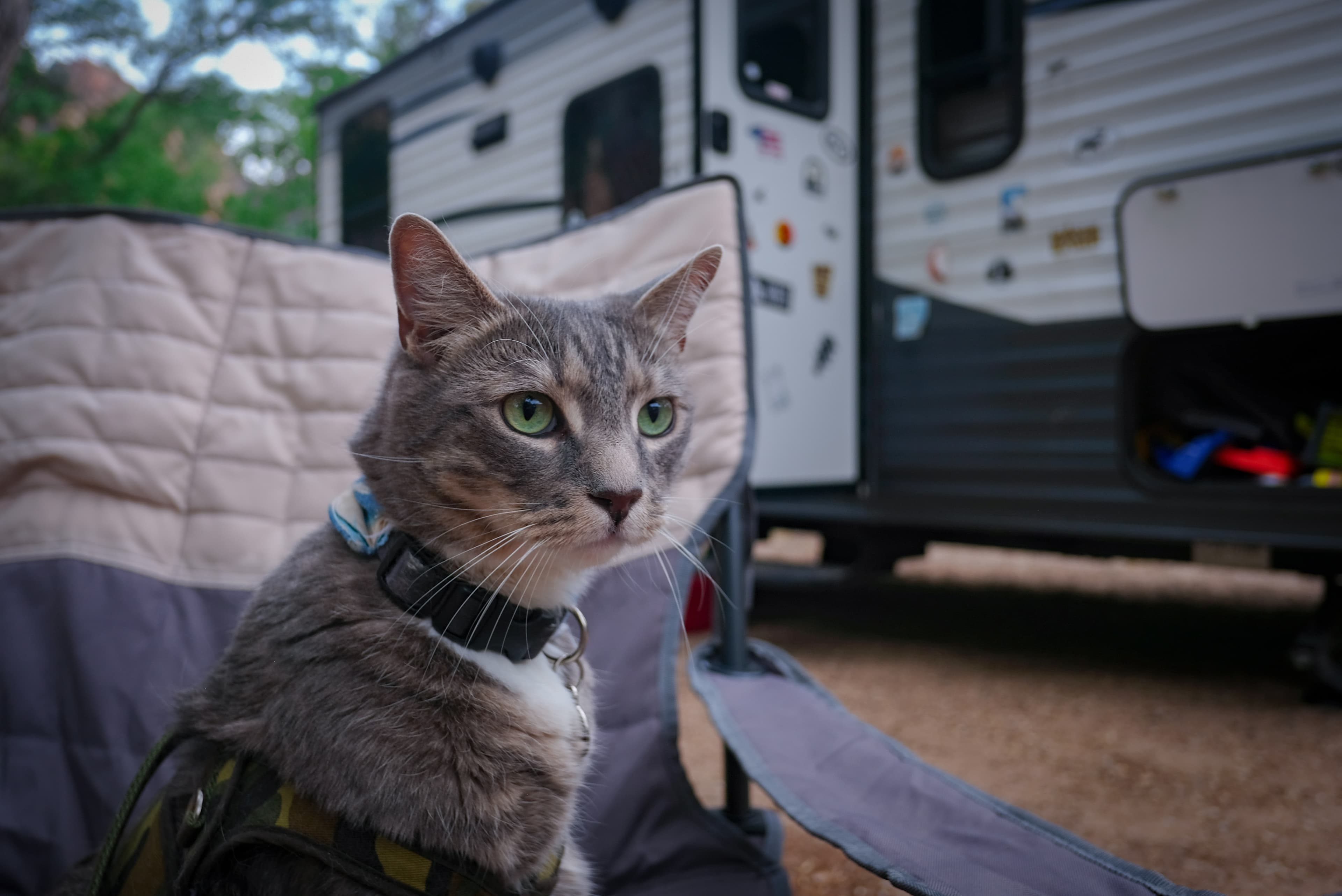Tips for a better veterinary visit with your cat
Cat anxiety at the vet is a common problem and there are many things that can affect this. The trip to the vet can be really scary for some cats. When you arrive, it's a new environment, there may be other cats there but also dogs or other animals. The cat then has to cope with being examined by a stranger. All of this can be unnatural and stressful for the cat.
The first visit is very important and sets the tone for future visits. If your cat becomes frightened, it is of the utmost importance to take this fear seriously as it is likely to get worse each time. This means that it will be harder and harder for your cat to go to the vet. This often results in an owner waiting longer to seek help which can be dangerous for the cat. There is also a greater risk of not being able to properly diagnose or examine the cat when it is frightened and stressed, making it more difficult to treat.
It can be helpful to think about exactly what is bothering your cat and then focus on dealing with this, but here are some general tips and advice.
Before the trip
Try to stress your cat as little as possible the day before the visit and the day of the visit. This is not the time to clip claws, bathe, clip or brush your cat, especially if it finds any of these things the least bit uncomfortable. The reason to avoid it is that you don't want to use up all your cat's energy on these things before the vet visit. If the cat is relaxed and calm before the visit, it is much more likely to cope with the visit better. This phenomenon is called trigger stacking.
Trigger stacking
This is what happens when an individual does not have time to recover between stressful or difficult situations. This can then cause a larger and stronger reaction to an event than what is normal for that individual.
What to bring to the vet
To make your cat feel as safe as possible, it is a good idea to bring familiar things with you. This could be a blanket that smells like home that the cat can keep in the cage, a toy and treats. With treats or toys you can make the vet a fun place by teaching your cat that when you come to the vet, fun things happen.
If your cat is going to be sedated or anaesthetised, eating too much beforehand can be sensitive. In this case, liquid treats in smaller amounts are a good idea.
The transport in the cat carrier
Many cats become stressed on the journey to the vet. That's why it's important to train your cat to be comfortable in it's carrier and on the journey there. The cage should be a pleasant place to be. Fill it with cosy blankets and spray it with Feliway.
Set the cage out a few days before the vet visit or keep it out as a lovely hideaway all year round. This will get your cat used to it, learn to appreciate it and for it not to be associated with the trip to the vet. If you only bring the cage out at the time of a vet visit, the cat will quickly learn that the two are connected and may run away when it comes out.
If the cat doesn't want to be in the cage even though it is well furnished and in a good location, you need to train the cat to like it. You can do this by associating the cage with something pleasant, such as food or treats. Practice in small steps and with no force. The cat should choose to enter the cage.
When carrying the cage, it is important that you carry it without banging on doors or walls, rocking or shaking as this can be uncomfortable for the cat. It is best to carry it underneath, in a stable way.
The journey
If your cat likes the carrier but not the journey, you need to think about why. If your cat becomes nauseous, talk to your vet about medication. It may also be that the smell or sound is bothering the cat, in which case it's a good idea to play soothing music and use Feliway in the car too. Some cats like to be able to see out of the front window and others like their cage covered with a familiar blanket, so you will have to try out what works for your cat. Also make sure the cage is securely fastened so it doesn't ride around in the car.
Arrival at the vet
When you go to the reception desk to announce your arrival, it's okay to leave your cat in the car if you're afraid it will react to other animals or find it difficult to be in the waiting room.
If you bring your cat to the waiting room, put the cage away from other cats and dogs. Take the blanket you brought from home and put it over the cage so no other animals can stare at your cat. It's also a good idea to put the cage on a shelf or raised surface to make your cat feel less exposed and to prevent dogs from walking up and sniffing if your vet has a shared waiting room for cats and dogs.
It can sometimes be a good idea before your first time there to visit the vet and familiarise your cat with the environment and give some treats or play with your cat to make the experience more positive. Important things to consider if you want to do this with your cat is to talk to the staff beforehand and that your cat is already comfortable with the trip. However, this can make a big difference when you then arrive at the location for your actual visit.
If you think the waiting room is too difficult for your cat and you're worried that he'll use all his energy there, you can always check with the staff if you can go straight from the car and into a private room.
During the visit
When you enter the examination room, you can place the cage on the floor or table and open the cage door. Let your cat come out at his own pace and walk around, examining the room and making himself comfortable in the new situation. If your cat doesn't want to come out of the cage, it's a good idea to have a cage model that has a top that can be removed. You can leave your cat in the bottom of the cage. It is also possible to do the examination there if the cat is not comfortable going out on the table.
It is best not to leave the cat with a stranger, as this can stress it. Try to be present during the visit and support the cat as best you can. If you need to hold your cat during the visit, try to hold as loosely as possible and carry out the examination with as little force as possible as this can otherwise stress your cat very much.
The examination is also a good opportunity to give treats and try to make the situation a good and positive experience.
Is your cat already scared?
If you've been to the vet before and you know your cat is scared, talk to your vet about giving something to calm him down before his next visit. This could be supplements or prescription medication to help your cat relax before the vet visit. It's also important to tell the staff about your cat's fears so they can deal with it and examine it in the best possible way.
Book more time
A frightened cat usually takes longer to examine. This is because they can be difficult to handle when frightened and you may need to sedate the cat to do certain things. It's also because you want to allow your cat time to calm down in the different situations it finds itself in during a visit. Therefore, it is important that you ask for more time for your cat when you tell them about their fears at the time of booking.
Be your pet's spokesperson
You know your cat best. If you see that your cat is having a hard time or needs a break, it's okay to say so. You need to speak up for your cat and make sure it doesn't get scared, stressed and have negative experiences that may last its whole life.






